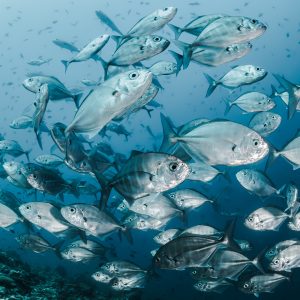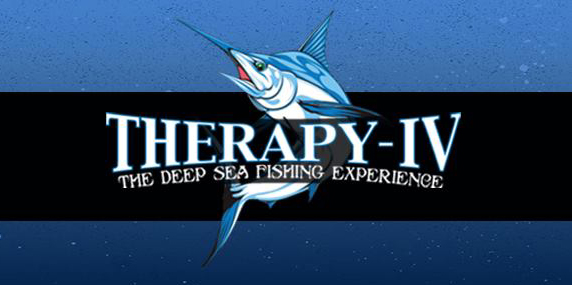
The Atlantic bonito fish, whose Spanish name translates to “beautiful fish”, is closely related to the white tuna. Indeed, many experts feel that it should be classified as a tuna, but this has not been officially confirmed. Still, like tuna, Atlantic bonito are a fun recreational fish to try to catch when marlin fishing in Miami Beach.
The body of the Atlantic bonito is similar to that of the tuna species. The only distinction between Atlantic bonito and tuna is that Atlantic bonito are skinnier. In addition to its small, sharp teeth, the Atlantic bonito possesses short pectoral fins. These fish are primarily silver, but they have a blue-green dorsal fin and black stripes on their bodies. In contrast to other species, bonito fish have striped backs rather than stripes along their bellies.
The Atlantic bonito is a ram ventilator, which means they are unable to bite. Therefore, they must consume their prey in its entirety. As a result, they feed on smaller fish such as sardines and anchovies, as well as various invertebrates. Larger fish such as tuna, marlin and wahoo are predators of Atlantic bonito.
Atlantic bonito congregate in large schools. These schools feed on the water’s surface, chasing their prey and occasionally jumping above the water’s surface in the process. This attracts the attention of seagulls seeking food, making it easier for anglers to spot this fish. Tuna fisherman frequently catch Atlantic bonito when trolling for larger game with pound nets. Because they aren’t particularly valuable, many anglers simply use them as bait.
Want to see an Atlantic bonito up close? Book a Miami deep sea fishing trip with Captain Stan and his crew.
